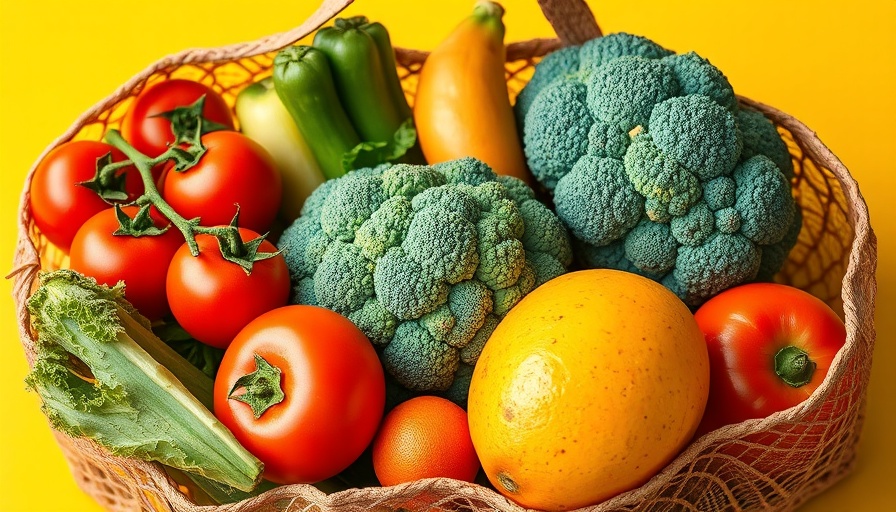
Understanding the Presence of Pesticides
Pesticides are a frequent concern among consumers who want to maintain a healthy diet. While the Environmental Protection Agency (EPA) has banned some of the most toxic chemicals like DDT, various others linger in our fruits and vegetables. Despite many pesticide regulations over the years, low-level presence in food remains common. Nonetheless, it’s crucial to focus on the bigger picture: incorporating more fruits and vegetables into our diets is essential for a healthy lifestyle.
Identifying Safer Produce
Not all produce carries the same pesticide risks. A recent study highlighted that certain fruits and vegetables are more likely to have higher pesticide residues. For instance, items like strawberries and spinach have been flagged as potentially problematic. However, you can make safer choices without relying solely on organic products. Understanding which produce is safer can help you make more informed decisions at the supermarket.
Washing and Preparing Produce
Washing fruits and veggies is a fundamental step in reducing pesticide exposure. While thorough washing can help eliminate some residues, it’s not always foolproof. Some pesticides are absorbed by the plant's roots, meaning they remain even after washing. Peeling certain fruits and vegetables can also minimize pesticide consumption. But beyond these practices, awareness and proactive shopping can aid significantly in your quest for a healthier kitchen.
Embracing a Balanced Approach
As the journey of detoxifying your kitchen unfolds, it’s all about balance. While it might seem daunting to navigate through the maze of labels and produce aisles, staying informed helps enhance your confidence in food choices. The key is not just to focus on what to avoid, but also on adopting healthy eating habits that prioritize fresh and wholesome foods. As you embark on this journey, keep in mind that knowledge is power.
 Add Row
Add Row  Add
Add 




Write A Comment